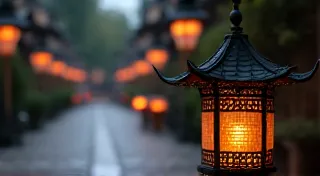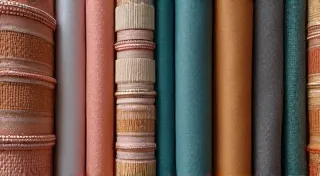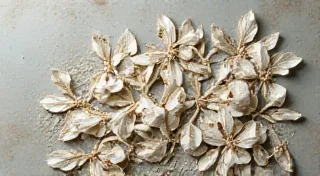Whispers in Silk: The Kumihimo of Forgotten Emperors
The scent of aged paper and the muted colours of fading dyes – these are the sensory hallmarks of encountering history. And few crafts offer a more evocative portal to the past than Kumihimo, the ancient Japanese art of braided cord making. It's more than just string; it's a whisper from a time when emperors reigned, when intricate court rituals dictated life, and when beauty was intertwined with power. My own fascination began with a single, fragmented piece of Kumihimo, unearthed from a dealer’s dusty collection – a vibrant crimson against a backdrop of muted browns, its threads worn smooth with untold years. Holding it felt like grasping a secret.
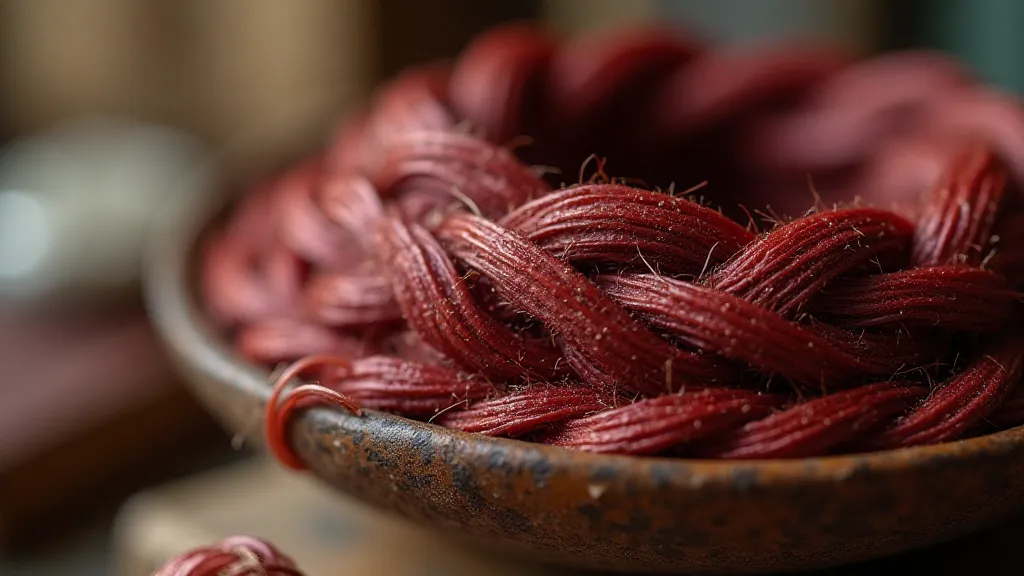
Origins in Imperial Courts
While the precise origins of Kumihimo are shrouded in the mists of time, its early history is inextricably linked to the Japanese imperial court. Evidence suggests that similar braiding techniques existed in China and Korea centuries earlier, but the Japanese refined it into a unique and highly esteemed art form. The first definitive mention of Kumihimo appears in the Nara period (710-794 AD), coinciding with a wave of cultural influence from the Tang Dynasty in China. Initially, these cords weren't mere decorative elements; they were vital components of ceremonial robes, armor, and religious objects – integral to the visual language of power.
Imagine the scene: the grand halls of Heian-kyo (modern-day Kyoto), bustling with courtiers adorned in elaborate attire. Kumihimo, painstakingly crafted, secured the folds of their garments, subtly signaling rank and status. These weren’t mass-produced items; each braid was a testament to the artisan’s skill, a tangible expression of the court’s opulence. The complexity of the braids often reflected the patron’s position – simpler patterns for lesser officials, increasingly intricate designs for those closer to the emperor.
The art was primarily practiced by women, often from noble families, for whom it was considered a refined and appropriate pastime. While men might commission or wear the finished products, the creation of the Kumihimo itself remained largely within the realm of the female artisan. This aspect, sadly, has contributed to the relative anonymity of many early Kumihimo makers. Their names are lost to history, their lives echoing faintly through the surviving textiles.
Beyond Adornment: The Silent Witness
What purpose did these braids serve beyond simple fastening and decoration? My research has led me to speculate that many fragments found today held deeper symbolic significance, perhaps interwoven with religious beliefs or encoded with subtle messages. Consider the importance of colour in Japanese culture - crimson for nobility, gold for divinity, indigo for mourning. A seemingly simple braid could be a coded visual declaration.
Think about the turbulent periods of Japanese history – the rise and fall of shogunates, dynastic struggles, the constant shifting of political alliances. Kumihimo, being an enduring material, served as a silent witness to these events. A particular braid, passed down through generations, might have adorned a warrior’s armor as he fought in a pivotal battle, or secured the robes of an emperor presiding over a controversial decree. It’s a humbling thought, imagining the lives these textiles have touched.
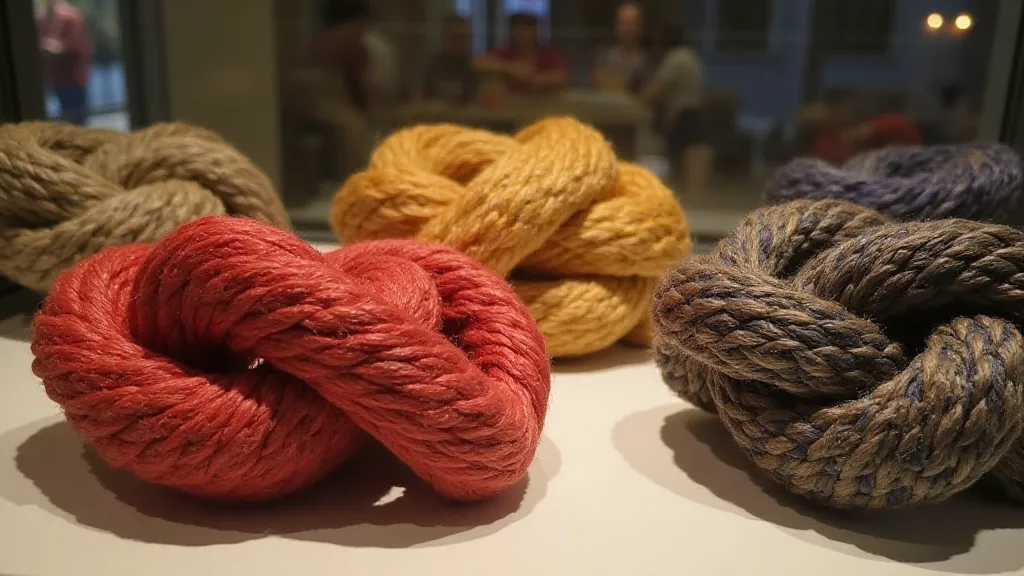
The Maruhashi Collection & Surviving Examples
Thankfully, a significant number of early Kumihimo pieces have survived, largely due to their incorporation into ceremonial robes and religious artifacts which were carefully preserved. The Maruhashi Collection in Tokyo, renowned for its exquisite textiles, holds a treasure trove of these historical braids. Examining these pieces, one can discern the evolution of braiding techniques and design motifs over the centuries. Some display remarkably complex patterns achieved with surprisingly few threads.
The techniques used in the Nara and Heian periods relied heavily on the *marudai*, a large, heavy braiding stand that allowed for the creation of wide, flat braids. Later, the *tsukidai*, a smaller, portable stand, gained popularity for producing narrower, more intricately patterned cords. These variations in braiding stands ultimately influenced the types of designs that became possible, offering a fascinating insight into the craft’s technological development.
Restoration & Appreciation
For those interested in collecting or attempting to restore antique Kumihimo, caution is paramount. The fragility of the silk is a constant challenge. Direct sunlight and excessive humidity are its enemies. Gentle handling is essential. Any attempts at cleaning should be left to experts who specialize in textile conservation. The goal isn’s to “restore” the braid to a pristine state, but rather to stabilize it and preserve what remains of its historical integrity.
There's a particular resonance in recognizing the imperfections in these antique braids – the slight variations in thread thickness, the subtle fraying along the edges, the faded colours. These aren't flaws; they are signatures of time, reminders of the hands that crafted them and the lives they touched. They offer a visceral connection to the past, a tangible link to the forgotten emperors and the artisans who served them.
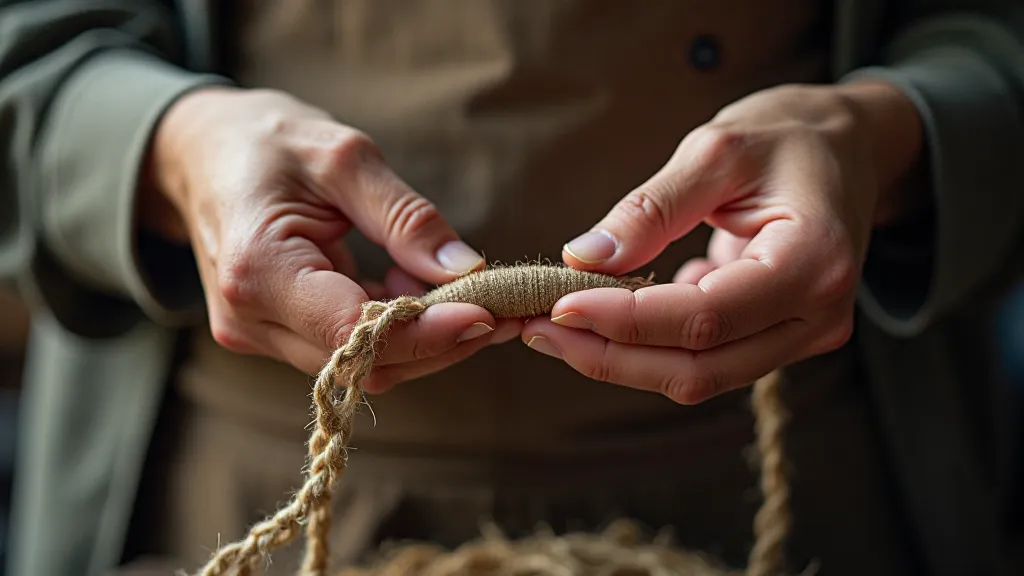
A Living Legacy
Though the imperial courts of old have vanished, Kumihimo braiding continues to thrive today, thanks to dedicated artisans and enthusiasts who are keeping the tradition alive. Modern practitioners are drawing inspiration from historical patterns while also exploring new techniques and designs. The legacy of the forgotten emperors lives on, not just in the museums and collections, but in the hands of those who continue to weave their stories into silk.
